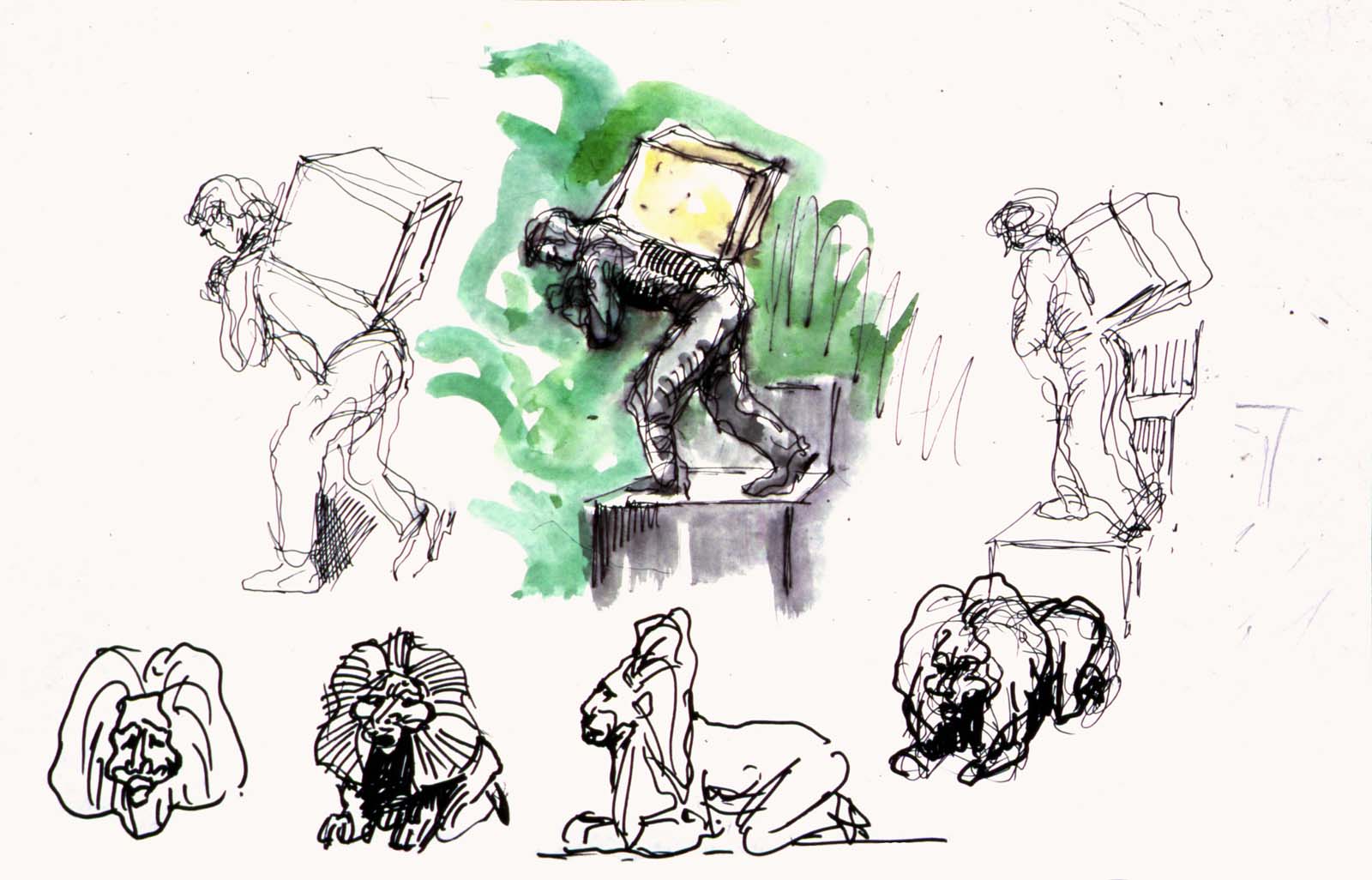The Arch of Life
with Emilia Kabakov
YEAR: 2015
CATALOGUE NUMBER: 194
PROVENANCE
Collection of Ilya and Emilia Kabakov
NOTES
The concept text describes the related earlier concept of The Five Steps of Life, in which the five sculptures are placed on a staircase instead of an arch. See exh. cat. Bielefeld / Zug / London 2004, pp. 276–279, ill.
The Five Steps of Life was realized in 2010 as a stage set for the opera Die Tragödie des Teufels (The Devil’s Tragedy) by Péter Eötvös and Albert Ostermaier, Bayerische Staatsoper (Bavarian State Opera), Munich, Germany.
EXHIBITIONS
Matsudai Nohbutai, Matsudai, Niigata Prefecture, Japan
6th Echigo-Tsumari Art Triennale, July 26 to September 13, 2015
Matsudai Nohbutai, Matsudai, Niigata Prefecture, Japan
Permanent installation
Galleria Continua, San Gimignano, Italy
Ilya & Emilia Kabakov, May 14 to September 4, 2016
The Long House Reserve, Hamptons, Long Island, New York, United States
The Arch of Life, May 7, 2016 to October 8, 2018
CONCEPT OF THE INSTALLATION
This installation is intended to be erected in a “sculpture park” like those usually located near a museum, where similar objects are located at a short distance from one another among the trees. This is a rather voluminous object (the height is nearly 10 meters, the length is 17 meters, and the width is 12 meters). It represents a fragment of what is called an artistic ruin of a giant palace that at one point existed in this spot and from which only this fragment of a staircase and five sculptures adorning this staircase have remained. The staircase is made of white brick; the sculptures are made of white cement covered with white paint (like sculptures in the former Soviet Union). The sculptures represent the following (beginning from the bottom): a human head being born from an egg; a frightened person on all fours wearing a threatening mask of a lion; a person carrying on his back a crate with a light inside (a lamp burns constantly inside the crate which has semi-transparent sides); a person crawling over a fence and stuck forever in this state (the image of an immigrant who finds himself “neither here nor there”); and finally, a tired person, lying in such a pose that he is carrying a horrible weight on his back and he is unable to stand up or even to change his position. The sculptures have been very well preserved, but the right edge of the staircase is broken off and it is dangerous to approach it.
Images
Literature

















